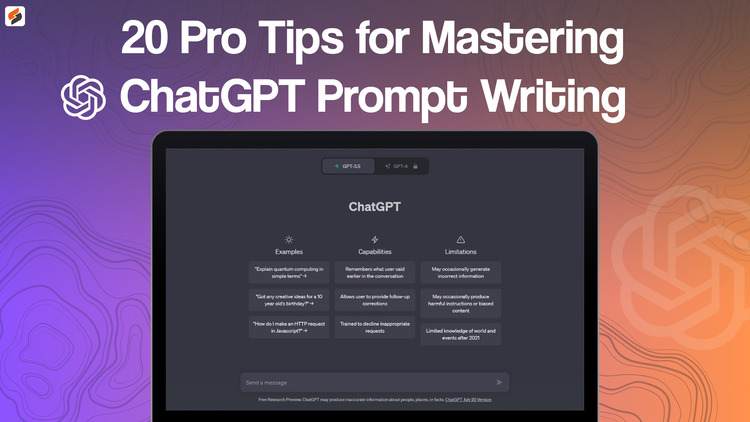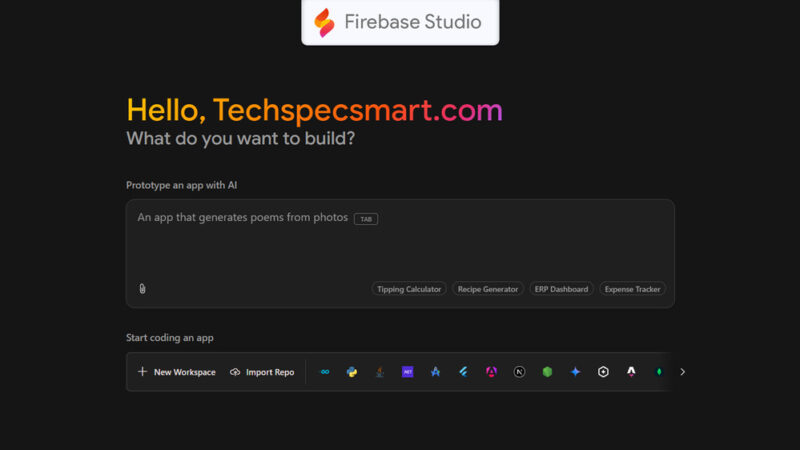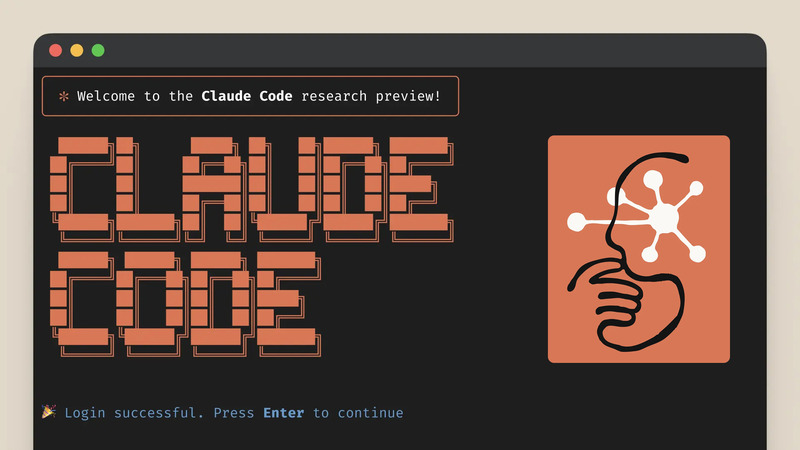20 Proven Tips and Tricks for Mastering ChatGPT Prompt Writing

Welcome, fellow writers and creators, to this exciting blog post! Today, we’ll dive into prompt writing and explore ten exceptional tips and tricks to enhance your experience with ChatGPT, the incredible language model powered by OpenAI’s GPT-3.5. Whether you’re seeking creative inspiration, need assistance with problem-solving, or simply want to have fun with AI-generated content, these tips will help you make the most of your interactions with ChatGPT.
Stay Updated with the Latest news by Joining our Telegram and WhatsApp Channels.
Table of Contents
1. Be Clear and Specific
When crafting a prompt for ChatGPT, clarity is key. Clearly outline the context, theme, or problem you want to address. Avoid ambiguity, as it can lead to inaccurate or irrelevant responses. Providing specific instructions will guide ChatGPT to generate more relevant and accurate outputs.
Example:
- Bad Prompt: “Write about a cool vacation destination.”
- Good Prompt: “Describe an adventurous trip to the beautiful landscapes of New Zealand, focusing on hiking experiences.”
2. Avoid Ambiguity
Ensure that your prompts are free from ambiguity to get the most precise responses from ChatGPT. Ambiguous instructions can lead to confusion, resulting in outputs that may not align with your intended purpose.
Example:
- Bad Prompt: “Discuss the advantages of technology.”
- Good Prompt: “List three ways technology has positively impacted healthcare.”
3. Provide Context
To receive more contextually relevant responses, give ChatGPT the necessary background information. When the AI model understands the setting or problem, it can craft more comprehensive and accurate answers.
Example:
- Bad Prompt: “How to fix a computer issue?”
- Good Prompt: “I have a Dell Inspiron laptop running Windows 10. The issue is that it won’t connect to Wi-Fi. Can you help me troubleshoot the problem?”
4. Use Open-Ended Questions
Encourage ChatGPT’s creativity by posing open-ended questions that prompt more elaborate responses. Avoid questions that can be answered with a simple “yes” or “no.”
Example:
- Bad Prompt: “Is climate change a real concern?”
- Good Prompt: “Explain the long-term consequences of climate change on our planet’s ecosystems.”
5. Set the Tone
ChatGPT is adaptable and can write in various tones and styles. Specify the desired tone in your Prompt to elicit responses that align with your writing project’s requirements. Whether it’s formal, informal, humorous, or serious, a clear tone will yield more fitting results.
Example:
- Prompt: “Compose a lighthearted product description for a quirky invention.” OR
- Prompt: “Write a professional email introducing a new company policy to employees.”
6. Incorporate Emotion
Add emotion to your prompts to evoke responses with depth and feeling. Emotionally charged prompts can inspire storytelling and more vivid descriptions.
Example:
Bad Prompt: “Describe a sunset.”
Good Prompt: “Capture the overwhelming sense of tranquility as the sun sets over the still waters, painting the sky with hues of gold and pink.”
7. Experiment with Genre
Challenge ChatGPT’s creative abilities by exploring various genres in your prompts. This will lead to imaginative responses tailored to different storytelling styles.
Example:
- Bad Prompt: “Write a short story.”
- Good Prompt: “Craft a thrilling science fiction story set in a dystopian future where robots have taken over society.”
8. Use Visual Imagery
Engage ChatGPT’s descriptive capabilities by using visual imagery in your prompts. Paint a vivid picture with words to inspire equally vibrant responses.
Example:
- Bad Prompt: “Describe a waterfall.”
- Good Prompt: “Envision a majestic waterfall cascading down a lush mountainside, its crystal-clear waters glistening in the sunlight.”
9. Encourage Role-Playing
Encourage ChatGPT to take on different personas or roles in its responses. Role-playing prompts can lead to entertaining and imaginative interactions.
Example:
- Bad Prompt: “Discuss the pros and cons of time travel.”
- Good Prompt: “You are a time-traveling historian. Write a journal entry describing your recent journey to the Renaissance period.”
10. Limit Response Length
If you desire succinct responses, specify a word or character limit in your Prompt. This will help you receive concise and to-the-point answers from ChatGPT.
Example:
- Bad Prompt: “What are the benefits of meditation?”
- Good Prompt: “In 50 words, explain the positive impact of regular meditation on mental well-being.”
11. Emphasize Character Development
Encourage ChatGPT to delve into the personalities and backgrounds of characters when writing stories or dialogues. Well-developed characters lead to richer and more engaging narratives.
Example:
- Bad Prompt: “Write a conversation between two friends.”
- Good Prompt: “Craft a dialogue between childhood friends who reunite after years of being apart, capturing the nostalgia and growth they’ve experienced.”
12. Be Wary of Bias
When formulating prompts, remain impartial and avoid leading questions that may introduce bias into ChatGPT’s responses. Neutral prompts elicit unbiased and objective outputs.
Example:
- Bad Prompt: “Explain why Product X is the best on the market.”
- Good Prompt: “Compare the features and benefits of Product X to other similar products available.”
13. Utilize Time Constraints
Challenge ChatGPT’s quick thinking by setting time constraints for generating responses. This fosters focused and efficient answers.
Example:
- Bad Prompt: “Describe the history of space exploration.”
- Good Prompt: “In 5 minutes, summarize the major milestones in space exploration from the 20th century to the present.”
14. Explore Alternative Realities
Encourage ChatGPT to think outside the box by asking for responses that imagine alternate realities or scenarios. This sparks creativity and novel ideas.
Example:
- Bad Prompt: “Write about the impact of technology on education.”
- Good Prompt: “Imagine a world where traditional classrooms are replaced by virtual reality learning environments. Describe the advantages and challenges of this educational shift.”
15. Cultivate Suspense
If you aim to craft thrilling or suspenseful narratives, structure your prompts to create anticipation and tension.
Example:
- Bad Prompt: “Write a mystery story.”
- Good Prompt: “Intrigue readers with a suspenseful tale of a detective investigating a series of unexplained disappearances in a small, eerie town.”
16. Promote Collaboration
Encourage collaborative writing by building on previous responses. This interactive approach can lead to exciting and unexpected storylines.
Example:
- Bad Prompt: “Write a poem about nature.”
- Good Prompt: “Add the next two lines to this nature-inspired poem: ‘Amidst the emerald forest’s embrace, the river’s melody starts to…'”
17. Be Mindful of Phrasing
Craft prompts with precision and thoughtful phrasing to guide ChatGPT’s response in the desired direction.
Example:
- Bad Prompt: “Write a story about a cat and a dog becoming friends.”
- Good Prompt: “Tell a heartwarming tale of a playful cat and a timid dog overcoming their differences to form an unbreakable bond of friendship.”
18. Encourage Personal Reflection
Prompt ChatGPT to share personal experiences or insights for a more authentic and relatable response.
Example:
- Bad Prompt: “Discuss the benefits of volunteering.”
- Good Prompt: “Share a personal anecdote about a meaningful volunteering experience that impacted your perspective on community service.”
19. Spark Creativity with Constraints
Sometimes, limitations can inspire creativity. Use constraints in your prompts to encourage inventive and resourceful responses.
Example:
- Bad Prompt: “Write a poem about love.”
- Good Prompt: “Compose a haiku about the first kiss shared beneath a starlit sky.”
20. Inspire Divergent Thinking
Challenge ChatGPT to think divergently and come up with out-of-the-box ideas, solutions, or scenarios.
Example:
- Bad Prompt: “Explain the benefits of renewable energy.”
- Good Prompt: “Imagine a future where all energy is derived from renewable sources. Describe the impact on society and the environment.”
Stay Updated with the Latest news by Joining our Telegram and WhatsApp Channels.
Conclusion
Armed with these 20 tips, you now possess the tools to master the art of prompt writing for ChatGPT. By being clear, imaginative, and purposeful in your instructions, you can unlock the full potential of this powerful AI language model. Whether crafting stories, generating ideas, or seeking knowledge, these tips will pave the way for engaging and fruitful interactions with ChatGPT. So, explore the wonders of AI-powered writing with confidence and creativity! Happy writing!
You May Also Like
- Google Bard AI Gets Major Update with 7 New Features
- What is Google Workspace Lab & How to get Early Access to use its AI Features?
- OpenAI Launched Official ChatGPT App for iOS Users
- What is ChatGPT AI Chatbot and How to Use it?
- How to Find Trending Audio on Instagram for Reels?
- What is uTorrent Web and How to use it? [Step-by-Step Guide]






